A step by step guide for pumpkin farming
Today, we learn the topic of profitable pumpkin farming techniques, planting ideas, pumpkin plant care and the harvesting procedure of pumpkin.
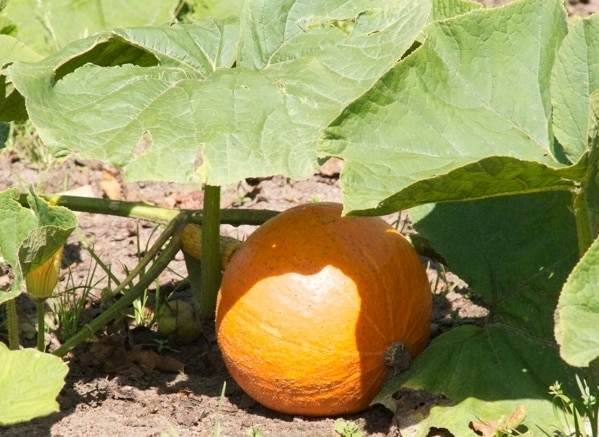
Introduction of Pumpkin:
Pumpkin is a popular vegetable rainy season crop in India. The pumpkin belongs to “Cucurbitaceae” family and is grown extensively during Kharif season (monsoon) and summer season throughout India, for immature and tender fruits. India is the second largest country producing pumpkin in the world after China. Pumpkin fruits are consumed in daily cooking and also used in sweets preparation. The fruit juice, young stems, flowers, and leaves have many medicinal properties.
Health Benefits of Pumpkin:
Some of the health benefits of pumpkin are listed below.
- Pumpkin has Rich Source of Vitamin ’A’ and Potassium.
- Pumpkin has good antioxidant properties.
- Pumpkin may Boost Eye Vision.
- Pumpkin may aid in Sleep Better
- Pumpkin may Lower Blood Pressure.
Local Names of Pumpkin in India:
Gummadi Kaya (Telugu), Poosanikai (Tamil), Kumbalakai (Kannada), Mathanga (Malayalam), Lal bhopala (Marathi), Kaddu (Hindi), kollaano velo (Gujarati.) .
Commercial Varieties of Pumpkin in India:
Below listed are some of the commercial varieties of Pumpkin :
- Arka Suryamukhi
- Ambili
- Arka Chandan
- Saras
- Suvarna,
- Sooraj.
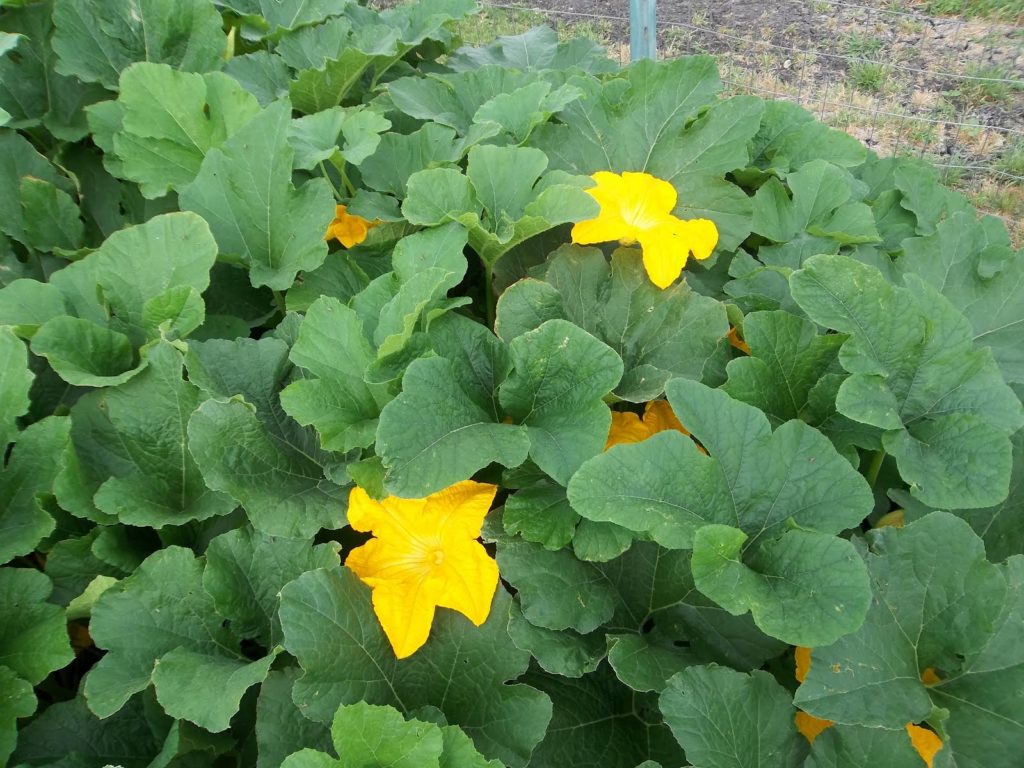
Pumpkin Flowering.
Climate required for Pumpkin planting:
Pumpkin needs min temperature of 18℃ at the early stage of its growth. Ideal temperature range is 25 to 28℃ for its cultivation. It adopts a wide range of rainfall conditions and it also tolerates low temperatures.
You may also check Malabar Spinach Farming.
Best season for growing Pumpkins:
Pumpkin can be grown during the time period of January to March & September to December. Sowing can also be started after the first few showers from May to June for the rainfed crop.
Soil requirement and its preparation for Pumpkin plantation:
It thrives well in a wide variety of soils but sandy loam soil with good organic matter is best suited. Soil with good drainage and the PH range of 6 to 7 is ideal for pumpkin cultivation. The field should be leveled to a fine tilth, well-drained, fertile (can make adding organic compost or Farm Yard Manure (FMY). The selected main field should also have an assured water source.
The seed rate of Pumpkin:
The seed rate of pumpkin is about 1.0 to 1.5 kg per one-hectare cultivation.
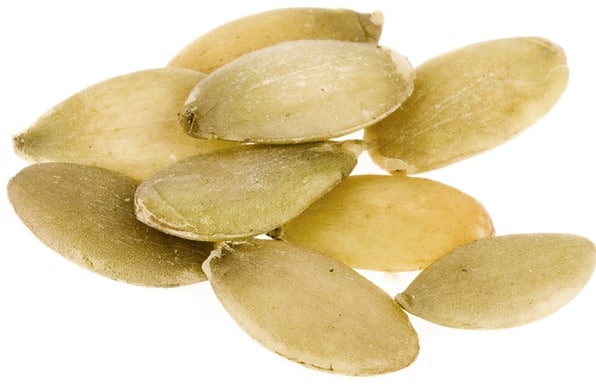
Preparation of the soil for Pumpkin plantation:
Dig pits of 60 cm diameter and 30 to 45 cm depth and maintain a spacing of 4.5-meter x 2.0 meter. A well rotten Farmyard Manure (FYM) and fertilizers should be mixed with topsoil in the pit.
How to sow Pumpkin seeds:
4 or 5 seeds are to be sown per pit. Destroy any unhealthy or damaged plants after two weeks and retain 3 plants per pit.
Manures and Fertilizers of Pumpkin:
Apply Farm Yard Manure FYM at 20 to 25 ton/ha as basal dose along with a half dose of 35 kg of N and a full dose of 25 kg of P2O5 and K2O (25 kg/ha ). The remaining doses of 35 kg of N should be applied in two equal split doses at the time of plantation and at the time of full blooming.
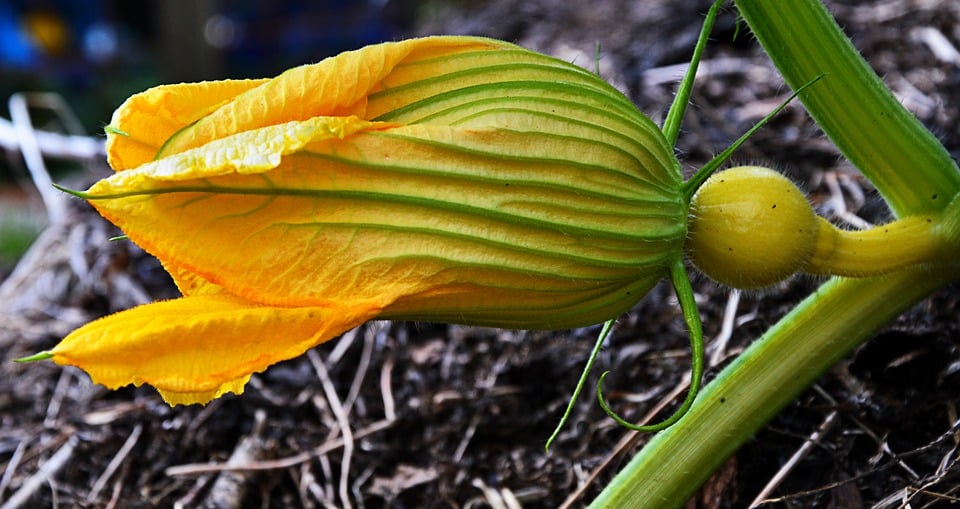
You may also like Solar Subsidy, Loan for Rooftop and Agriculture.
Weed control of Pumpkin crop:
Raking of the soil at the time of fertilizer application and conducting 2 to 3 hand weeding are required to keep field weed free. Earthling up should be done during monsoon (rainy season).
Water requirement of Pumpkin plants:
The irrigation should be given in an open field as per the requirement of the plants. During the initial stages of pumpkin plant growth, irrigate at an interval of 3 to 4 days. Irrigating on alternate days during flowering and fruiting will return in high-quality fruits.
Pests and Diseases in Pumpkin farming:
Epilachna beetle, fruit flies, and red pumpkin beetle are the main pests in pumpkin plantation. They can be controlled as in case of bitter gourd. Powdery mildew, downy mildew, and mosaic are the main diseases in pumpkin farming.
When and how to harvest Pumpkins:
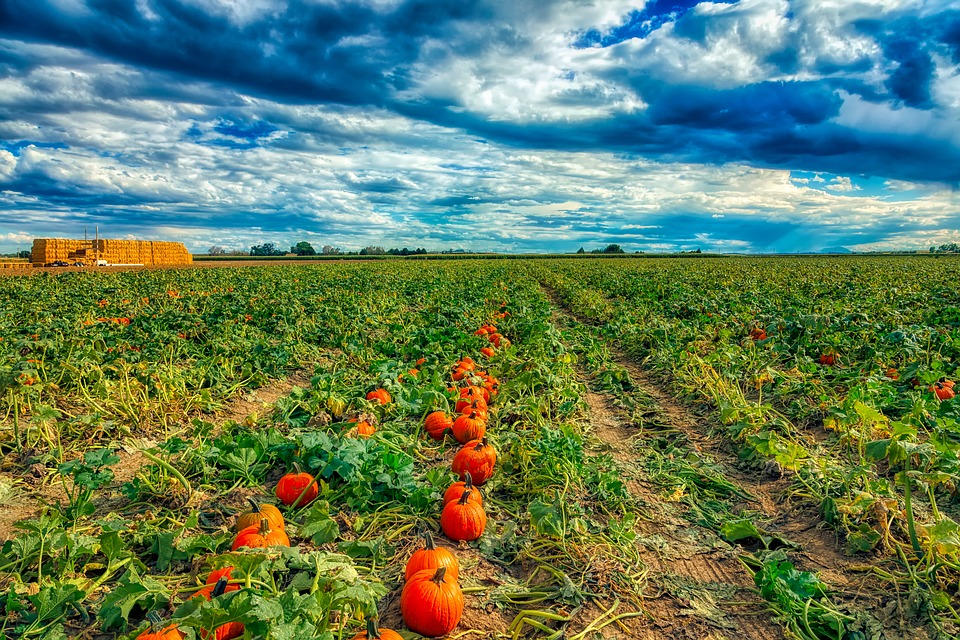
Pumpkins will be ready for harvesting when the stems connecting the fruit to vine begin to shrivel. Can harvest the fruits when they are in deep solid color and the rind is hard. Destroy any unhealthy fruit from the vine, use a sharp knife for harvesting with care.
The yield of Pumpkins:
The pumpkin yield mainly depends on plant management and the variety of fruit. An average yield of pumpkin can be expected up to 30 ton/ha.
Marketing of Pumpkins:
They can be transported to local markets.
Some facts of growing Pumpkins:
- Usually, most of the pumpkins take 3 months to 4 months for the first harvest after sowing the seeds in the soil.
- It is recommended to place a piece of wood under developing pumpkin vines to prevent any root rot disease.
- The number of pumpkins you get for one plant depends on the variety. Regular varieties will give 2 to 4 pumpkins per 1 plant whereas miniature types will produce more pumpkins per 1 plant.
- The reason for getting pumpkin leaves yellow is a nutrient deficiency or some kind of infestation.
- Always sow the pumpkin seeds when the soil temperature is above 19°C and avoid frost conditions.
- The best season for sowing pumpkins is after the last frost as the pumpkin seeds will not germinate in cold climates.
- You can grow pumpkin in pots having the good pot size and planting 3 to 4 seeds in each pot. Once seeds are germinated, you can thin to 1 true plant.
- Though you can grow pumpkins from store-bought, they are hybrids and will not produce true type.
- You can grow pumpkins indoors, however, you should make growing conditions for it.
- The pumpkin companion plants are Cucumber, Squash, Flowering Herbs, Lettuce, Broccoli, Cilantro, Tomatoes, Radishes, and Carrots.
The bottom line of growing Pumpkins:
Pumpkin farming has a good potential for profits, provided sufficient management care is taken.
You may be interested in Growing Dill Herb.
Hi sir
Am from Chittoe dist AP
I want to know about pumpkin marketing information
Local vegetable markets are best bet for you. You can also contact any big super markets like More, Heritage etc..
hello sir
I want to grow different verity of pumpkin, can you guide me where i can get the seeds in india.
white, purple, green, red, yellow all the verity.
You can try different varieties of pumpkin seeds on Nurserylive dot com, Amazon or Ebay.
Hi..
May I know any farmers who are into yellow &green pumpkin farming..I need the supply and quantity..
Same wise carrot , beetroot too…
Help me with any growers/suppliers in Andhra Pradesh..
Hi, I am Shubham Patil may I know any farmer in green pumpkin farming. I need the supply business but any production green pumpkin seeds any factory idea please.
Did you get any information on this ?
Did you setup a pumpkin seeds factory ?
Comment: Namaste.
I want to grow a hybrid variety of pumpkin. Where will i get the seeds from?. I am from Goa . Jai Hind !
sir i am right now growing watermelon and this will be over by may 25th… can i sow pumpkin after this.. will june 1st week will be ideal for pumkin plantation… can i sow seeds directly in the same way as i have done for watermelon ????
thanking you
Good